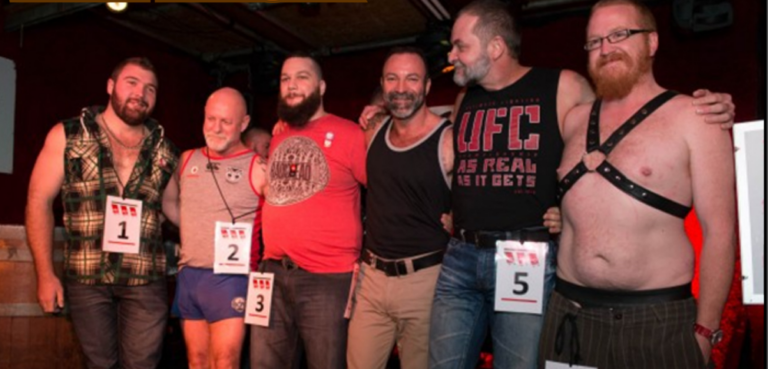
Murder and Mobilisation – LGBT Hate Crimes in the 80s and 90s

By Bruce Grant
The Special Commission of Inquiry into LGBTIQ Hate Crimes is well underway and is an essential effort by the State of New South Wales (NSW), Australia, to understand a critically important aspect of hate violence and in particular policing and murders.
Its investigation into unsolved suspected hate crime deaths of LGBTIQ people (or people who were presumed to be LGBTIQ) in NSW between 1970 and 2010 should provide valuable new knowledge about these crimes, and perhaps about the cultural and social norms that enabled them and that continue to do so. Hopefully, it will bring some justice to the victims and their families and some sense of closure.
Until the 1980s, anti-LGBTIQ violence was to a large extent an unrecognised phenomenon – unrecognised, that is, other than by those experiencing it. Although violence was commonplace, it was not seen as warranting a response by federal or state governments.
This was not dissimilar to violence against women which was, and still is, commonplace but was not considered a matter requiring concerted action by governments until 1994 when the first National Strategy on Violence Against Women was initiated.
‘Poofter Bashing’ Considered a National Pastime
‘Poofter bashing’ was considered a national pastime back then. Based on current media reports, it is still common today.
While the situation has significantly improved, there is still no NSW or national study on the nature, cause, prevalence and impact of homophobia and transphobia, much less coordinated efforts by national and state governments and territories to prevent it. Such a study and response, were among the main recommendations of the Streetwatch Report. Similar recommendations were made by other reports and inquiries such as ACON’s ‘In Pursuit of Truth & Justice’ report. This remains unfinished business.
While the Inquiry is primarily focused on unsolved murders, it is also seeking to understand the broader social context in which these murders occurred – that is the violence experienced by lesbians, by gays, by bisexual, and by trans people, and how the communities responded to the violence – and how government agencies responded to the violence.
Where We Boomers Fit Into This Story
I was invited to give a Statement to the Inquiry primarily covering the period 1988 to 1999 when I was part of the community effort to prevent and respond to hate crimes against lesbians and gay men in NSW. Before leaving Australia in 2002 to pursue a career in international development, I served in a range of roles within LGBTIQ community organisations, including as board member of Twenty-Ten LGBTIQ Youth Services and the Sydney Star Observer, and as chair of the Outreach Committee of the 2002 Sydney Gay Games.
From 1989 to 1991, I was co-convener of the Gay and Lesbian Rights Lobby (GLRL) and from 1991 to 1999, I was the Coordinator of the NSW Lesbian and Gay Anti-Violence Project (the AVP). In was in this capacity that I was invited to provide information to the Inquiry.
I recommended to the Inquiry that Dr Gary Cox and Carole Ruthchild be invited to give Statements given their pivotal roles during this period – as convenors of GLRL and as authors/instigators of studies on anti-LGBTIQ violence. Gary was co-convenor of the GLRL (1988-1989). After yet another frustrating and unproductive meeting with the police, he developed the conceptual framework for the Streetwatch Project, to document these crimes. He authored the Streetwatch Report: A Study into Violence Against Lesbian and Gay Men (1990) and the Count & Counter Report: A study into Hate Related Violence Against Lesbian and Gays (1994).
Carole Ruthchild was also co-convenor of the GLRL (1989-1992). She was instrumental in the establishment of the Lesbian and Gay Anti-Violence Project and co-author of the Off Our Backs Report: A Study into Anti-lesbian Violence, (1992), which was the second report in the Streetwatch series.
Change is Possible When There is Consensus
Change is possible when there is consensus for action, with predictable and sustainable financial investments in that action.
Eliminating hate-related violence against LGBTIQ people, as well as racial violence, gender-based violence, and other types of prejudice related violence, is totally achievable. Violence is a human action, which means that an alternative human action to violence is possible, which in turn means that prevention is possible.
However, without a full-scale inquiry into the nature and prevalence of hate crimes against people because of their actual or perceived sexual orientation or gender identity, society’s efforts to eliminate it will remain elusive.
In preparing our respective Statements for the Inquiry we realised that there was no ‘go to source’ for some of the documents we needed. This period was pre-internet so much of the materials from that time are not online. This is not to say that the history of the time is not well documented: It is! For powerful, personal and compelling accounts of the early period read the Statements from Gary Wotherspoon, Barry Charles, and Ulo Klemmer. See also the Statements from Leslie Peterkin, Gregory Callaghan and Brent Mackie. For a trans perspective, read the Statement from Eloise Brook.
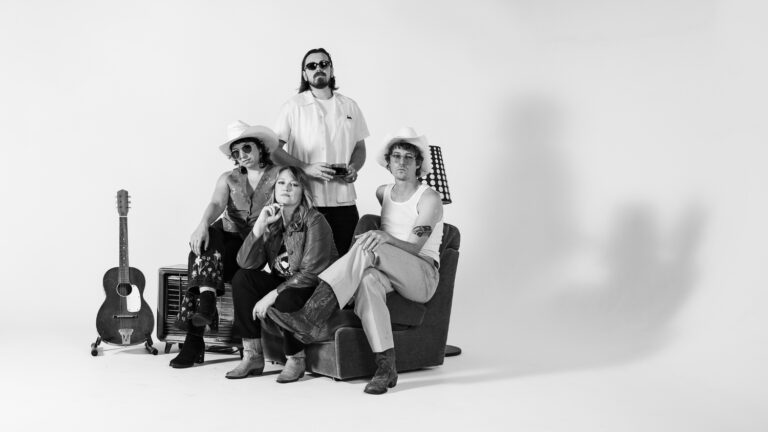
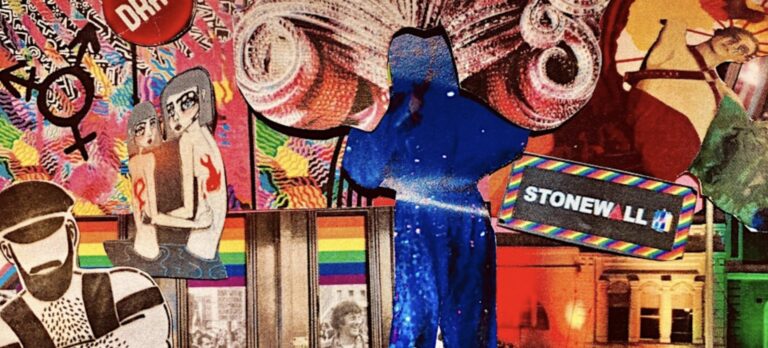
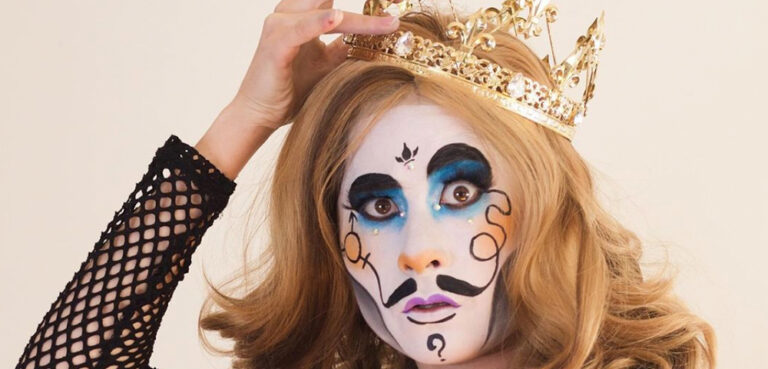
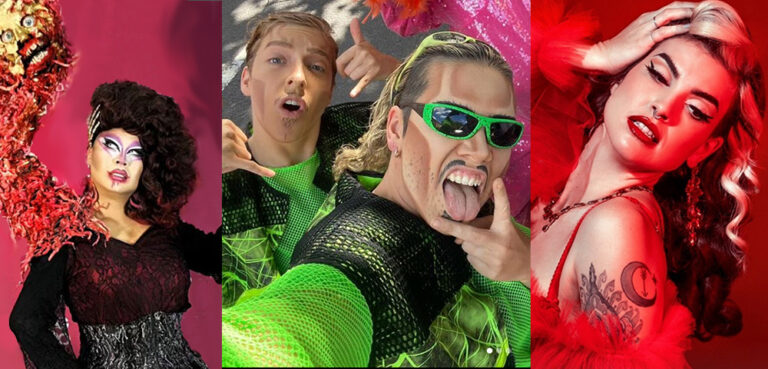
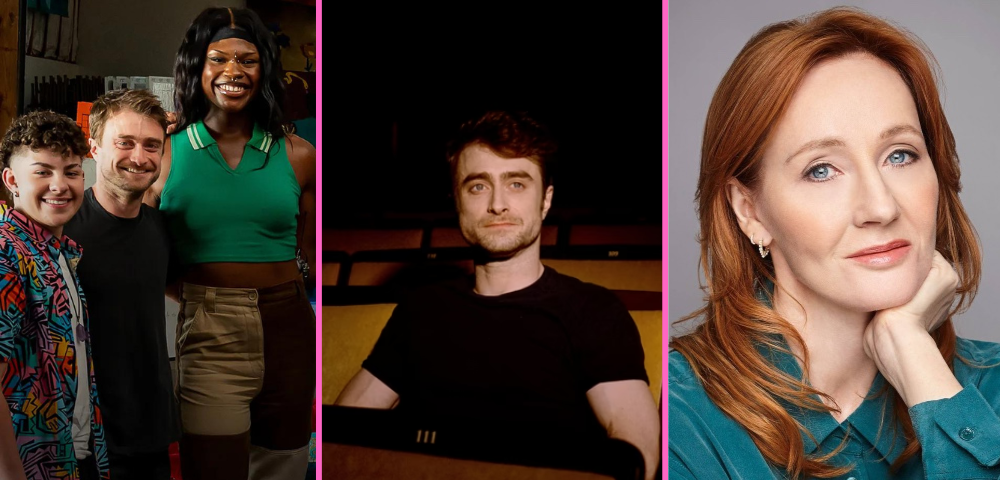


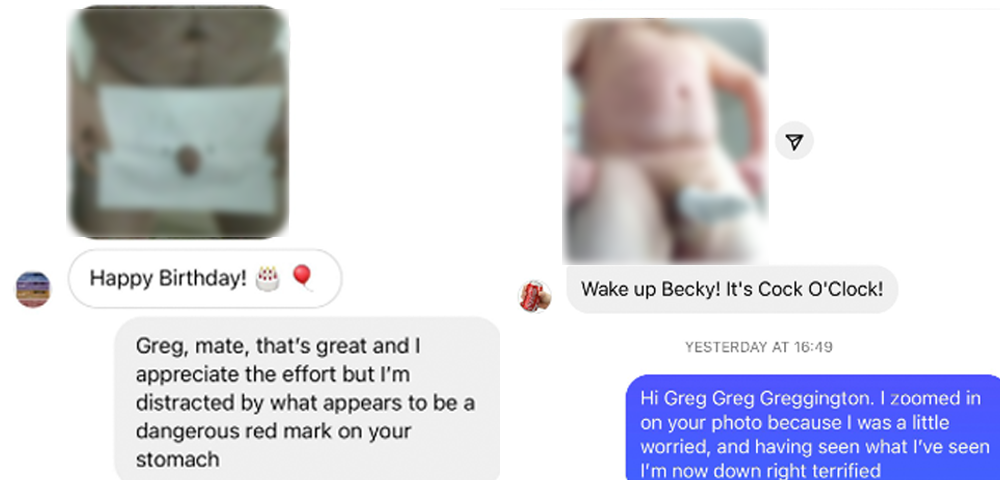

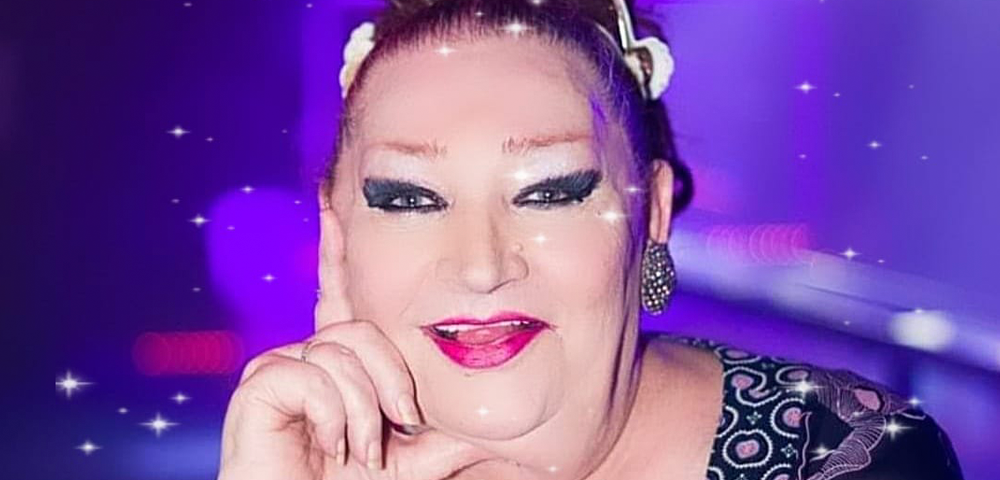
You did a great job Bruce. I remember working with you at the AVP all those years ago. This story has reignited my passion to recontinue. Thank you.